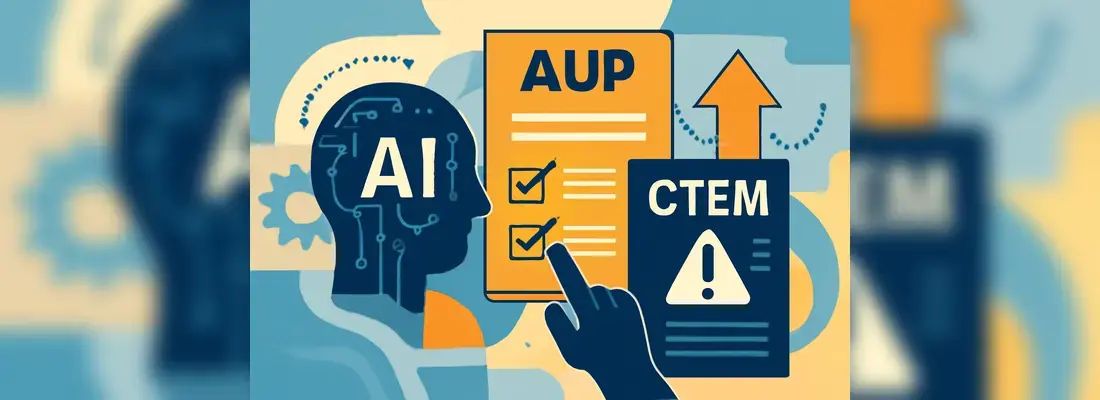Least Privilege Access & How to Automate it Successfully
Date: 8 August 2023

Least Privilege Access is a critical component of cybersecurity. The principle of least privilege access mandates that every user be given the least minimal access required to complete their jobs seamlessly. The cornerstone of this principle is simple - less privileged access, less chances of unauthorised access and therefore of data breaches and security compromises.
This concept has gathered even more importance in recent years as several high-profile attacks have started with the exploitation of privileged access.
Managing access is no mean feat these days either. With enhanced complexity in technology and corporate environments, there is certainly more requirement for permissions to access multiple resources and platforms. Automating Least Privilege Access, then, allows you to strike that fine balance between providing access where necessary while keeping a check on over-privileged user accounts that could be misused or exploited.
In this article, we look at some of the key reasons why automating Least Privilege Access can help organisations achieve a superior cybersecurity posture and enhanced governance. We then move on to exploring how successful automation can actually be achieved and what its core tenets are.
An Automated Approach to Least Privilege Access
Why do you need to automate Access Control at all? The straightforward answer to that question is simple - manual access provisioning is riddled with too many challenges. It is error-prone, time-consuming and usually ends up with users getting more access than required and permissions not being withdrawn fast enough when they’re not required anymore.
Automated Least Privilege Access can address several of these challenges and unlock a smoother path to better cybersecurity in general.
Let’s take a look at what elements of an automated approach are critical to making Least Privilege Access more effective than manual provisioning:
- A seamless self-service approach
Least Privilege Access usually works really well if it rests upon well-managed Self-Service Access. There is an interesting reason behind this.
Employees will usually only ask for permissions they need to do their jobs. However, when in the manual mode, receiving timely access becomes a challenge, they tend to ask for broader permissions.
With a self-service portal, employees know they’ll get effortless access to the privileges and permissions they are entitled to, as and when they need them. There will be less back and forth between employees and IT. This is why such a portal is generally well-received across organisations - because it makes everyone’s work easier.
For greater success of automating access control, the self-service portal can be integrated into existing applications used by the organisation. The portal should also contain options for all essential information such that administrative involvement is minimised on a day-to-day basis.
The options for which one can request access should be limited to what’s relevant to their role for smoother functioning. With just-in-time workflows coming into the mix, it’s also possible to provide access only for specific durations, limiting needless access where relevant.
- Decentralised Permission Authorisation
It’s a well-known fact that a bulk of IT support tickets relate to permission and access requests. IT help desks in most organisations will typically deal with a considerable backlog of such requests. However, in the age of modern capabilities and automation, this really shouldn’t be the case anymore.
The access requests should ideally be directed to the right stakeholder such as the manager of the Business Unit, the appropriate resource owner or maybe even the CISO in many cases. While it’s true that in most companies, it’s the IT team that will best understand the security implications of any permission request, they often don’t have the full context surrounding a request.
Channelling the request to someone who is actually involved in, say, a project makes more sense as they’d be a better authority to gauge if a certain user actually needs a particular type of access.
- Policy-Based Access Control
Policies-based access control is essentially the practice of defining access rights according to specific conditions. Access privileges for a particular user can be aligned with established policies based on certain specific sets of information.
This information could be related to the security groups you define on your Identity Provider such as Okta which contains details of a person’s role, department, geography etc.
Further, integrating organisational cues with HR management systems such as BambooHR or HiBob can help clarify structures and relationships. On-call software like PagerDuty and Opsgenie can help highlight which user is on an on-call schedule and if providing them quick access to certain resources can help them with critical decision-making etc.
Therefore, integrating access control with established policies based on organisational prompts and cues can help enhance the overall allocation of privilege access. It also empowers individuals as they seamlessly get access to the resources they need for their immediate needs, roles and tasks.
- Actual Automation of Access Provisioning
Leveraging APIs for Access Management allows automation of not just access provisioning but also deprovisioning - a critical component of maintaining heightened cybersecurity.
By deploying tools like Entitle, organisations can massively reduce the burden of permissioning access requests on their IT teams. The IT and DevOps teams can focus better on strategic tasks as access management tickets can be directed to the right stakeholder who actually has context for making the right provisioning decision.
The biggest security advantage of automation is that privileged access is granted speedily when it’s critical, and decommissioned when it’s no longer required. Automation is actually the most powerful key for unlocking the true potential of a robust Least Privilege Access policy in a corporate environment.
Conclusion
Automating Least Privilege Access is quickly becoming an indispensable element of achieving overall cybersecurity governance. This is because manually provisioning access and screening access controls to deprovision where required is a necessary but increasingly tedious exercise.
As granular permissions and timely revocation of access becomes the norm, automation will have to be the way to go. Automating Least Privilege Access also gives greater visibility and improves governance - a recipe that CISOs’ dreams are made of.
Streamlining access reviews, aligning permission controls with organisational policies and user roles and offering users a smooth self-service experience, can significantly reduce cyber risks and enhance organisational ability to detect suspicious activity promptly.
Blending automation in the vital Access Management space is clearly no longer an option or an after-thought but a vital change that cybersecurity-focussed businesses must embrace readily.







